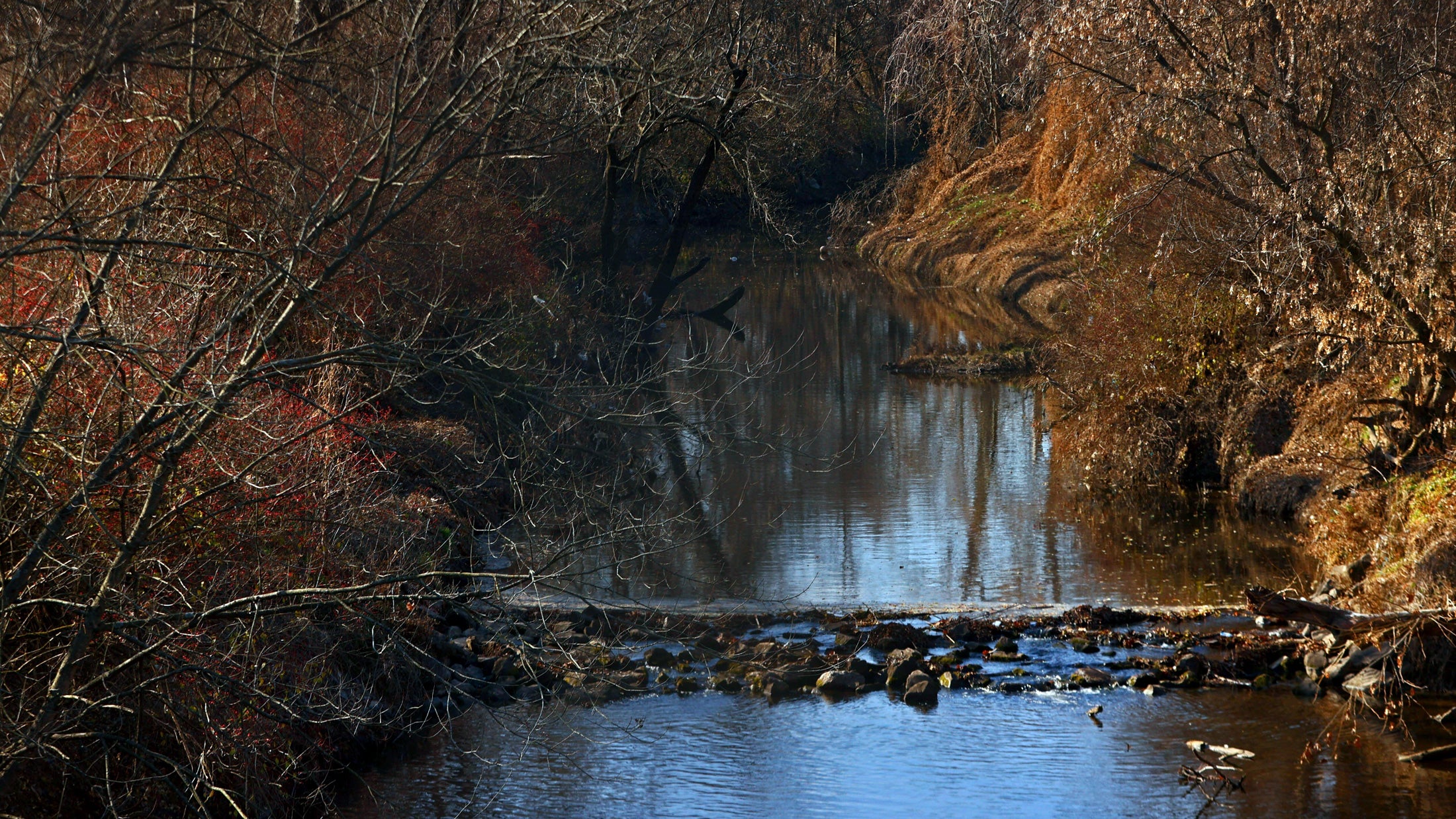Weisskopf Lab
We study the contribution of occupational and environmental exposures to neurological and developmental disorders.
665 Huntington Ave
Bldg. 1, Suite 1402
Boston, MA 02115
St. Louis Baby Tooth – Later Life Health Study
Launched in the 1950s, the Baby Tooth Survey aimed to assess whether children were being exposed to radiation from nuclear fallout. By analyzing baby teeth, primarily from St. Louis, researchers revealed how radioactive isotopes, like Strontium-90, were absorbed. These findings influenced public health policy and were cited by President John F. Kennedy in the signing of the Partial Nuclear Test Ban Treaty in 1963.

Today, at the Harvard T.H. Chan School of Public Health in the Weisskopf Lab, we continue this important work, studying how early-life environmental exposures affect aging, disease risk, and overall health decades later. Learn more about the study below.
About the Study
A Brief History
The Baby Tooth Survey was originally designed to explore the link between above-ground nuclear testing and radiation levels in baby teeth donated by thousands of children mostly in St. Louis, but also from all 50 states (and even internationally). The first nuclear bomb “Trinity” was tested 210 miles south of Los Alamos on July 16, 1945 (featured in the recent movie Oppenheimer). A total of 215 nuclear weapons would be exploded into the atmosphere by the United States. However, even atmospheric nuclear weapons tested by other countries could have led to the deposition of radioactive material inside the US.
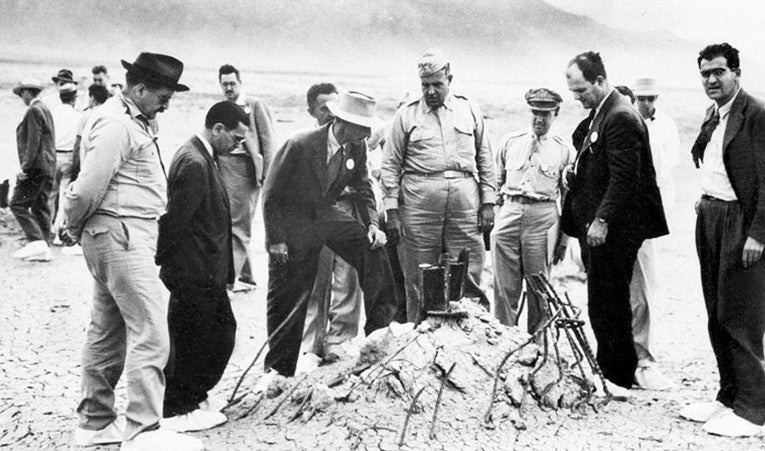
In December 1958, Washington University in St. Louis, Saint Louis University, and the Greater St. Louis Citizens Committee for Nuclear Information launched the Baby Tooth Survey, eventually collecting over 320,000 baby teeth by 1970. The findings were startling: children born in 1958 had levels of strontium 90 – a radioactive by-product of bomb fallout – more than 30 times higher than children born in 1947 (Rosenthal, Bird, Gilster, Pinto, & O’Neill, 1966). The Baby Tooth Survey played a vital role in President John F. Kennedy’s 1963 decision to sign the Partial Nuclear Test Ban treaty prohibiting above-ground nuclear testing.
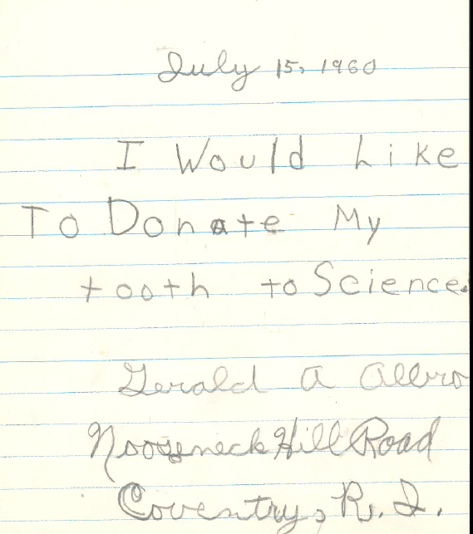
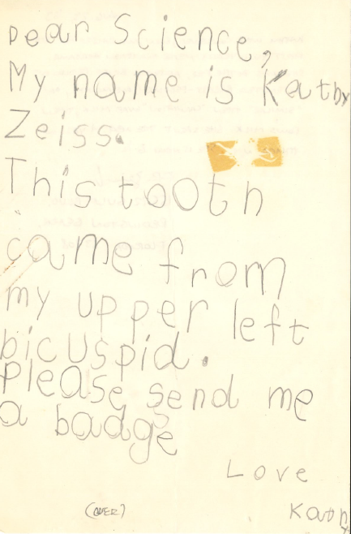
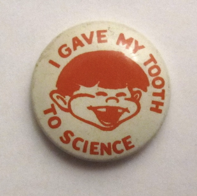
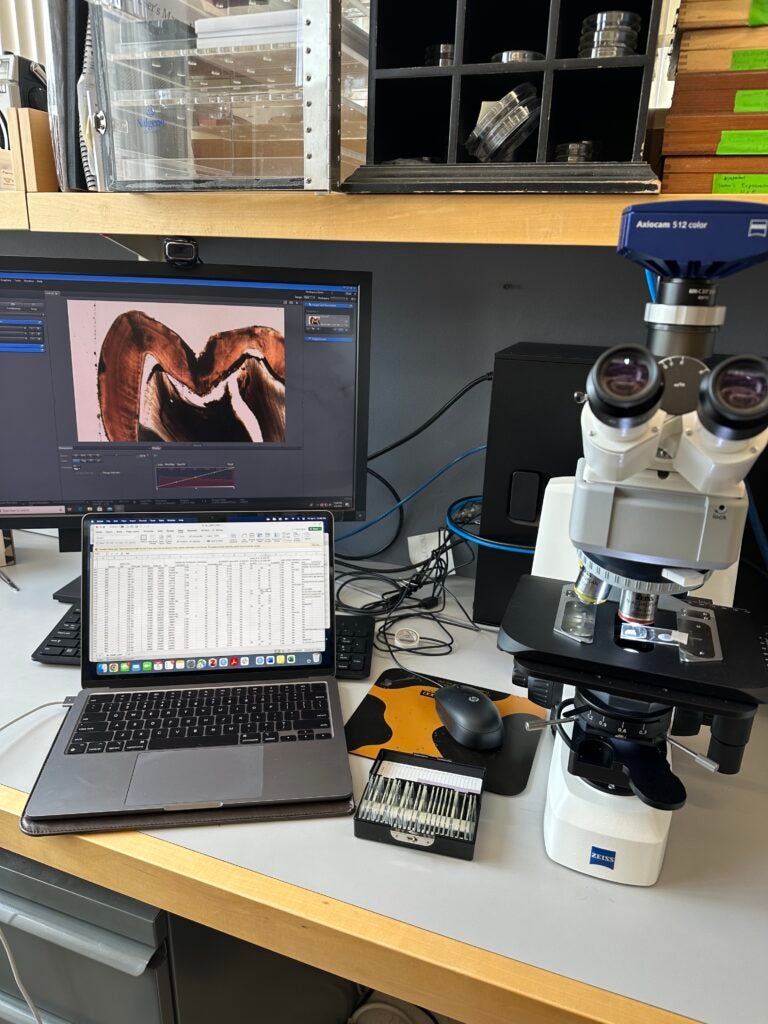

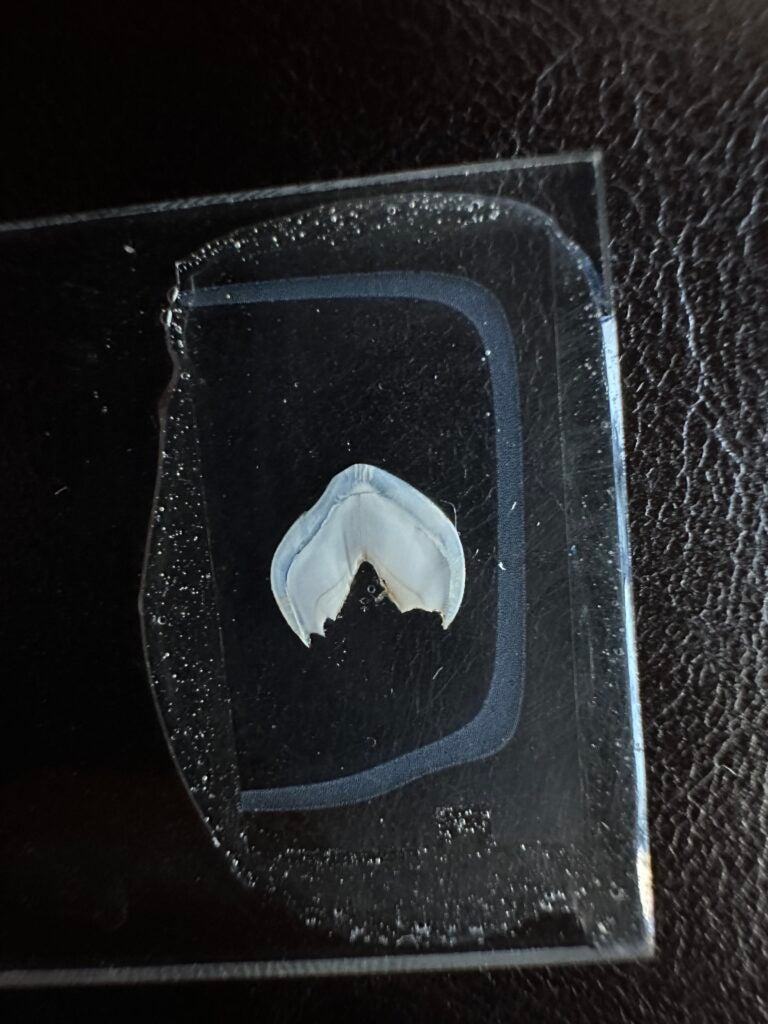
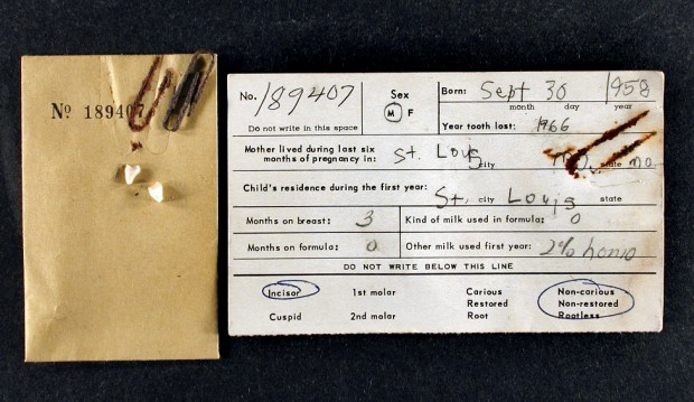
Fortunately, not all the collected teeth were used for strontium-90 testing. In May 2001, about 100,000 untested teeth were discovered, in excellent condition, in an abandoned armory owned by Washington University. The university transferred the teeth to Joe Mangano, Executive Director of the Radiation and Public Health Project. Recognizing that these teeth still offered significant scientific potential, Mangano began a collaboration with Dr. Marc Weisskopf at the Harvard T.H. Chan School of Public Health, leading to our current study: the St. Louis Baby Tooth – Later Life Health Study.
Our best estimate is that those 100,000 teeth come from about 55,000 original donors. And so far, a little over 6,500 of those donors have joined our Later Life Health study. We can’t thank them enough for their dedication to public health research!
